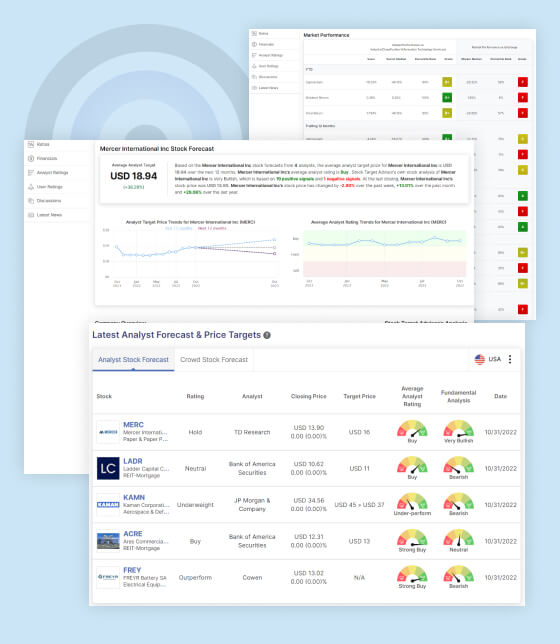Contrarian Indicator
The news of a prominent short-selling firm like Hindenburg Research closing operations can spark speculation about the state of the markets, particularly among those who follow contrarian indicators.
Here’s an expanded analysis of whether this development might suggest an impending market correction or crash:
1. Why This Might Be a Contrarian Indicator
- Short-Sellers as Market Sentinels:
- Short-sellers like Hindenburg Research often act as market watchdogs, exposing overvalued stocks, fraudulent companies, or unsustainable business practices. Their research frequently identifies risks that others overlook.
- The absence of such players could mean fewer market participants scrutinizing valuations and corporate behavior, potentially allowing bubbles or inefficiencies to grow unchecked.
- Sentiment and Market Peaks:
- Historically, when short interest declines or prominent short-sellers leave the market, it can indicate excessive bullishness or complacency among investors. Such conditions are often precursors to corrections, as markets may be ignoring underlying risks.
- If Hindenburg’s closure reflects a broader trend of short-sellers being squeezed out by sustained rallies, it could signal that markets are overheated.
2. Potential Implications for the Markets
- Increased Market Vulnerability:
- Short-sellers provide liquidity and play a crucial role in price discovery. Without them, overvalued stocks may remain inflated longer, increasing the risk of sharp corrections when sentiment eventually shifts.
- Lack of Risk Awareness:
- With fewer short-sellers highlighting vulnerabilities, markets could become blind to certain risks, such as accounting irregularities, unsustainable debt, or over-leveraged growth strategies.
- Bull Market Momentum:
- Conversely, some may interpret Hindenburg’s exit as a signal that bears are exhausted, and the current bull market could persist. However, prolonged rallies without sufficient scrutiny often lead to overextensions and sharp pullbacks.
3. Historical Context
- Short-Seller Departures and Market Crashes:
- Similar patterns have occurred in the past. For example:
- Dot-Com Bubble: During the late 1990s, short-sellers were widely criticized as the tech bubble inflated. When the bubble burst in 2000, their warnings proved prescient.
- 2008 Financial Crisis: Short-sellers flagged issues in the housing and banking sectors before the crash, but their voices were often ignored until the crisis unfolded.
- Similar patterns have occurred in the past. For example:
- Short Squeezes and Overconfidence:
- Recent years have seen high-profile short squeezes, such as those involving GameStop and AMC. These events, driven by retail investor euphoria, have made short-selling more challenging and less lucrative, potentially discouraging firms like Hindenburg from continuing.
4. Counterarguments
- Specific to Hindenburg:
- If Hindenburg’s closure is due to firm-specific factors (e.g., internal challenges or regulatory pressures), it may not reflect broader market trends.
- The firm’s decision might also stem from the increasing difficulty of short-selling in a highly bullish and retail-driven market, rather than an imminent crash signal.
- Market Fundamentals:
- While short-seller exits can be a warning sign, other market indicators (e.g., valuations, economic data, credit spreads) need to align to confirm an impending correction or crash. If fundamentals remain strong, the markets may continue their upward trajectory.
5. Key Indicators to Watch
- Valuations:
- Are P/E ratios in historically high territory across sectors?
- Investor Sentiment:
- Is there evidence of extreme greed or complacency (e.g., low volatility, record inflows)?
- Market Breadth:
- Are gains concentrated in a few large-cap stocks while the broader market weakens?
- Economic Data:
- Are there signs of slowing growth, rising unemployment, or tighter credit conditions?
Considerations
While the closure of a prominent short-selling firm like Hindenburg Research could serve as a contrarian signal, it is not, by itself, a definitive indicator of a market correction or crash. Instead, it reflects the challenges short-sellers face in a market that has been heavily bullish and driven by retail momentum. Investors should consider this development alongside broader economic and market indicators before drawing conclusions about the market’s direction.
In the meantime, the absence of critical voices like Hindenburg may lead to less scrutiny, which could increase market vulnerabilities over time. If this trend continues, it might set the stage for a significant correction when sentiment inevitably shifts.

STA Research (StockTargetAdvisor.com) is a independent Investment Research company that specializes in stock forecasting and analysis with integrated AI, based on our platform stocktargetadvisor.com, EST 2007.




































